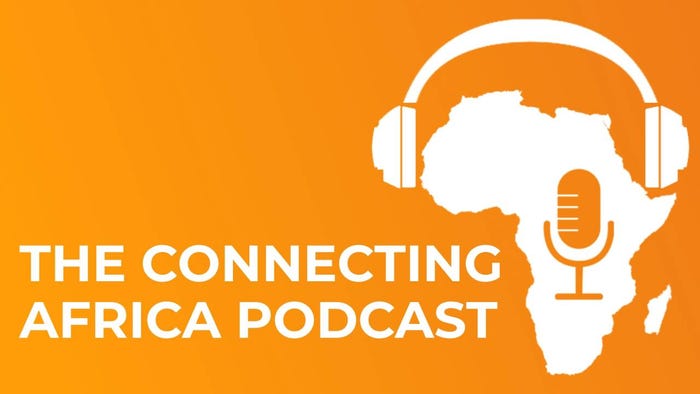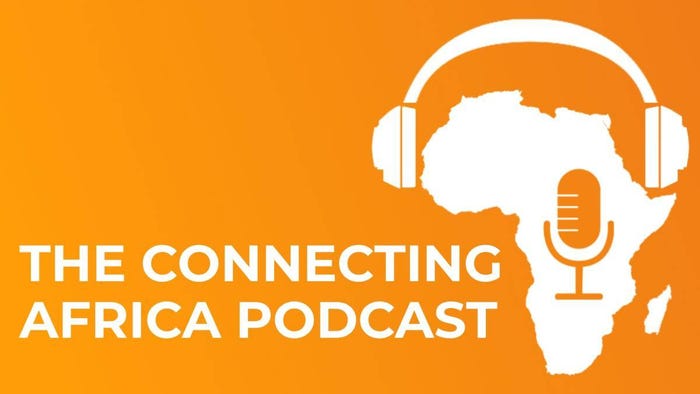Mozambique Refarming TV White Spaces to Provide Internet Connectivity
Using WiMax to connect sparse populations in rural areas could be an efficient route to providing Internet access for other markets too.

WiMax may have failed in playing a major role in the 4G world, but that doesn't mean it's without its uses. For example, it's being used to provide Internet connectivity using the spectrum left unused by TV transmission - so-called TV white spaces (TVWS).
White spaces are location-specific slices of the radio spectrum that are left unassigned so that TV stations that transmit programmes using the same spectrum elsewhere will not suffer interfered. Using cognitive radio and drive tests, white spaces can be mapped out, sites chosen and low power (compared to TV transmission) WiMax base stations can be set up to provide Internet connection within a specific area. It works best in flat areas with no huge barriers to the microwave signals.
In addition, to make more efficient use of radio frequency, a scarce resource in its own right, making use of TVWS for Internet connectivity also makes business sense. Neither copper, fiber nor cellular is economically viable to connect vast rural areas with dispersed residents, while WiMax is easier and quicker to deploy and more cost efficient.
The first trial to use TVWS to connect sparse rural communities was conducted in the US in 2011. Since then similar trials have been carried out in developed countries - UK, Germany, Finland, South Korea - as well as in the developing world (Malawi, Brazil). These trials have made industry organisations and lobby groups like Dynamic Spectrum Alliance (DSA) more vocal in promoting TVWS exploitation.
DSA's Treasurer Mark Rotter took to the stage at the recent ITU Telecom World 2018 to promote the case. "Regulators can use the model rules as a customizable out-of-the-box solution, for a faster and more efficient way to enable TVWS networks to be launched in their markets," said Rotter. “We believe one of the first steps towards connecting the unconnected in Africa is utilizing TVWS technology which, in turn will increase the amount of available wireless bandwidth and reduce its cost."
Mozambique first tested the technology out in Boane District in 2015-2016. Recently the telecom regulator INCM (Instituto Nacional das Comunicações de Moçambique) has decided to roll it out more broadly.

Other developing nations, including other African countries with dispersed rural populations that do not have access to the fixed and mobile connections more prevalent in urban areas, may take a page from Mozambique's book to help bridge the digital divide. Refarming the TVWS frequencies with WiMax may do the trick to connect those unconnected communities.
— Wei Shi, Site Editor, Connecting Africa
.jpg?width=700&auto=webp&quality=80&disable=upscale)

_(1).jpg?width=700&auto=webp&quality=80&disable=upscale)


.jpg?width=700&auto=webp&quality=80&disable=upscale)

